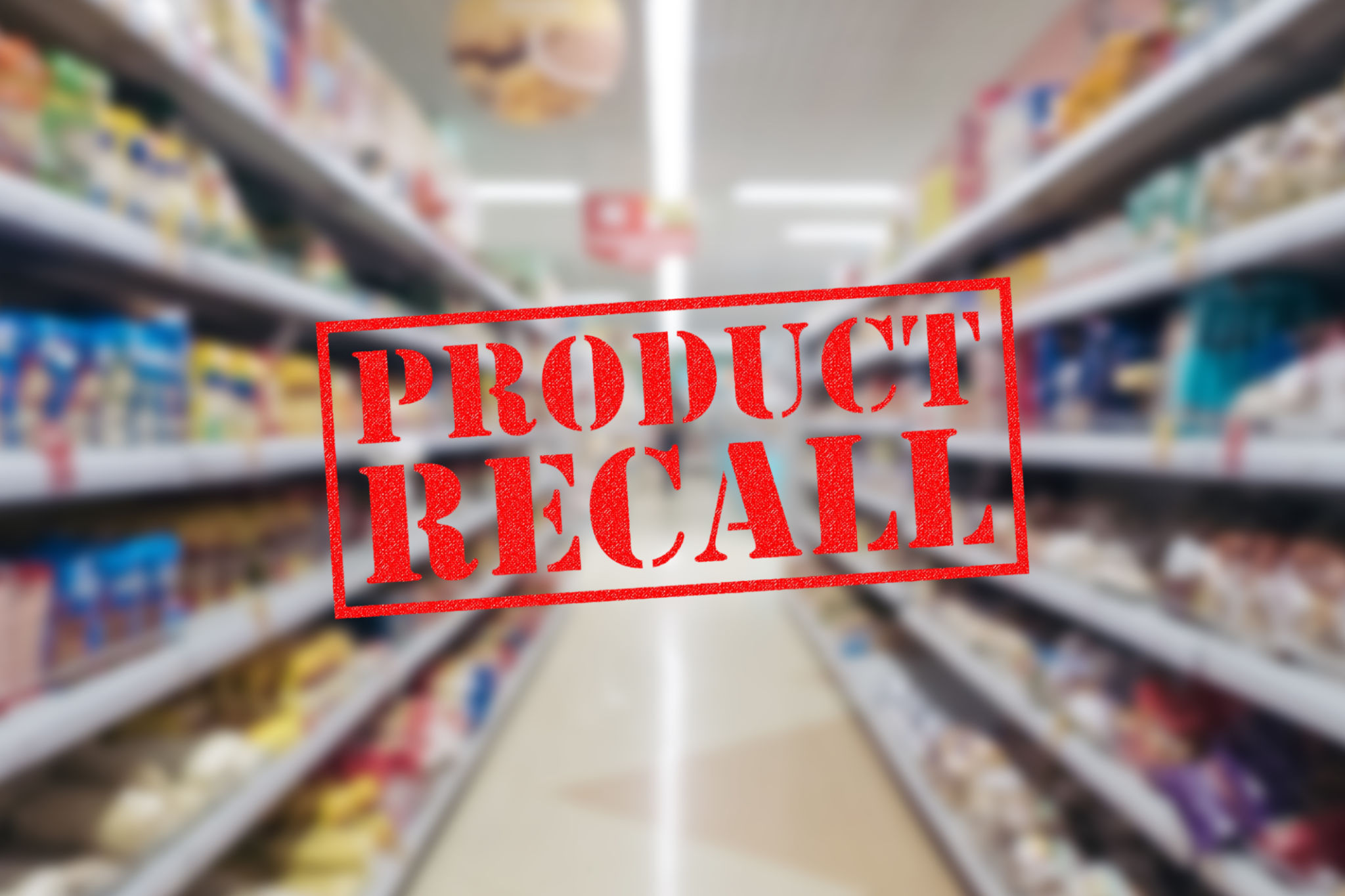Understanding FDA Regulations: Navigating the Green Skin Care Market
Introduction to FDA Regulations in the Green Skin Care Market
The green skin care market has seen remarkable growth in recent years, driven by consumer demand for natural and sustainable products. As this sector expands, understanding the role of the Food and Drug Administration (FDA) becomes crucial for businesses and consumers alike. The FDA plays a significant role in regulating skin care products to ensure safety and efficacy. This post will guide you through the complexities of FDA regulations in the green skin care market.

Understanding FDA's Role
The FDA is responsible for overseeing the safety and labeling of cosmetics, including green skin care products. While the FDA does not pre-approve cosmetics before they hit the market, they do have guidelines that manufacturers must adhere to. This includes ensuring that product labels are not misleading and that products do not contain harmful ingredients. It's important to note that the FDA's focus is primarily on safety rather than efficacy.
Key Regulatory Guidelines
For green skin care brands, compliance with FDA regulations involves several critical steps. Here are some key guidelines to keep in mind:
- Ingredient Safety: Manufacturers are responsible for ensuring the safety of their products' ingredients.
- Labeling Requirements: Labels must accurately reflect what's in the product and any claims made must be truthful.
- Good Manufacturing Practices (GMP): Following GMP ensures that products are consistently produced and controlled according to quality standards.
Navigating Label Claims
One of the biggest challenges for green skin care brands is navigating label claims. Terms like "natural," "organic," and "chemical-free" are popular but can be misleading if not used correctly. The FDA does not have specific definitions for these terms, leaving room for interpretation. Brands must ensure that any claims are substantiated by evidence and do not mislead consumers.

Common Missteps
Some common mistakes made by brands include overstating the benefits of a product or using vague terminology. For instance, claiming that a product "cures" a condition can classify it as a drug, which would require additional approvals. Instead, focusing on descriptive claims like "moisturizes" or "enhances" can help maintain compliance with FDA guidelines.
The Impact of Non-Compliance
Non-compliance with FDA regulations can lead to serious repercussions for skin care brands. This can include warning letters, product recalls, and even legal action. For small businesses, these consequences can be particularly damaging. Therefore, understanding and adhering to FDA regulations is not just a legal obligation but also a critical business strategy.

Staying Informed
Staying informed about regulatory changes is vital for maintaining compliance. The FDA regularly updates its guidelines and expectations, so keeping an eye on these changes can help brands stay ahead of potential issues. Joining industry groups or hiring regulatory experts can also provide valuable insights into navigating the complex landscape of FDA regulations.
Conclusion
The green skin care market offers exciting opportunities for brands committed to sustainability and natural products. However, navigating FDA regulations is essential to ensure product safety and consumer trust. By understanding the FDA's role, adhering to labeling guidelines, and staying informed about regulatory changes, brands can thrive in this competitive market while maintaining compliance.